This article explores the transformative lessons that have reshaped countless individuals’ perspectives on wealth, money, and financial success.
Through the lens of “Lessons from Rich Dad Poor Dad,” we uncover a new way of thinking about finances, challenging conventional beliefs, and paving the way toward financial empowerment.
In the world of personal finance, “Rich Dad Poor Dad” by Robert Kiyosaki has emerged as a revolutionary guide that challenges long-standing beliefs about money and wealth. The book introduces readers to a contrasting perspective on financial success by comparing the philosophies of the author’s biological father, the “Poor Dad,” and his best friend’s father, the “Rich Dad.”
The Clash of Mindsets: “Poor Dad” vs. “Rich Dad”
The “Poor Dad” represents the conventional approach to money—a perspective centered on working tirelessly, saving diligently, and avoiding financial risks. This mindset often leads to a cycle of economic dependency, where individuals rely on a single income source to sustain their lifestyle.
In contrast, the “Rich Dad” embodies an alternative philosophy that prioritizes financial literacy, strategic investing, and the creation of multiple streams of income. This mindset empowers individuals to take control of their financial destinies and move beyond the limitations of a traditional paycheck.
Lessons from Rich Dad Poor Dad – 8 powerful lessons
Lesson 1: Embracing the wealth-building mindset

“Rich Dad Poor Dad” tells the pivotal lesson of embracing a wealth-building mindset. This lesson underscores that amassing wealth involves more than simply working harder—it requires understanding the mechanics of money, proficiently managing it, and leveraging it to generate passive income over time.
This shift in mindset signals a departure from scarcity thinking and opens up avenues for abundant financial opportunities. By internalizing this new perspective, readers lay the groundwork for the subsequent lessons that delve into practical strategies for wealth accumulation, passive income generation, and informed investment decision-making.
Lesson 2 – The importance of financial education
“Rich Dad Poor Dad” underscores a lesson that is often overlooked in traditional education systems: the significance of financial education. Kiyosaki’s narrative highlights the prevalence of a critical knowledge gap surrounding money management and investment strategies.
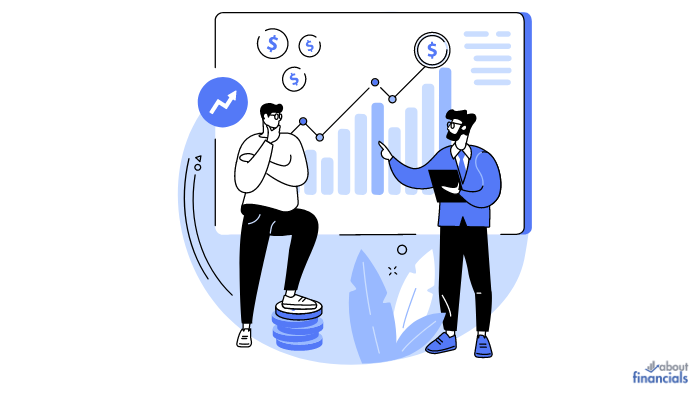
Financial literacy enables individuals to make sound decisions about their financial futures. Understanding concepts such as budgeting, debt management, and investment options equips people with the tools to navigate the complex landscape of personal finance.
The book emphasizes the consequences of lacking financial education. Financially illiterate individuals may fall into debt traps, miss out on valuable investment opportunities, and remain caught in a cycle of financial struggle.
Financial education helps people learn how to handle money better. It teaches things like budgeting, saving, investing, and managing debt. When people know these things, they can make smarter money choices. This can make their own finances more stable and, as a result, help their country’s economy stay strong.
Lesson 3 – Assets vs. Liabilities
Redefining Wealth
“Rich Dad Poor Dad” introduces a fundamental concept that reshapes how individuals perceive wealth: the distinction between assets and liabilities. This lesson challenges the traditional notion of wealth solely as material possessions and highlights the importance of owning income-generating assets.
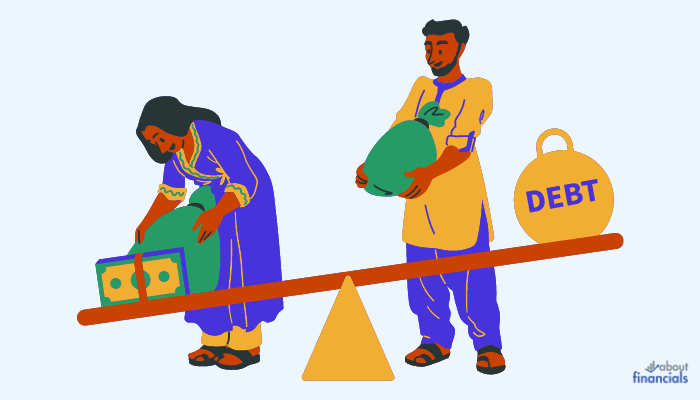
Investing in income-generating assets
The book defines assets as items that put money in your pocket, while liabilities take money out of your pocket. The wealthy mindset involves accumulating assets that generate passive income over time, allowing individuals to gradually escape the cycle of trading time for money.
The trap of consumerism and liabilities
Consumerism often leads to the accumulation of liabilities disguised as assets. For example, a fancy car may be seen as a status symbol, but if it depreciates in value and requires ongoing expenses, it’s actually a liability that hinders wealth creation. Consumerism is a way of thinking about our economy where the main idea is that people buy and use a lot of stuff.
Focusing on income-producing investments
“Rich Dad Poor Dad” advocates for allocating resources towards income-producing investments like real estate, stocks, and businesses. These assets have the potential to appreciate in value and provide a steady stream of passive income, creating a path to financial independence.
The power of passive income
This lesson underscores the significance of passive income in achieving financial freedom. By accumulating income-generating assets, individuals can eventually reach a point where their passive income exceeds their expenses, allowing them to pursue their interests without worrying about financial constraints.
Lesson 4 – Building Passive Income Streams
“Rich Dad Poor Dad” introduces the concept of passive income as a crucial element on the journey to financial freedom. Passive income involves earning money with minimal active effort, allowing individuals to break free from the limitations of a traditional job.
It’s no surprise that millionaires often have money coming in from different sources without much effort on their part. This is called passive income, and having more of it brings you closer to financial freedom. Without passive income, you’d have to depend only on the money you actively earn, and that can be risky, especially if unexpected problems arise.
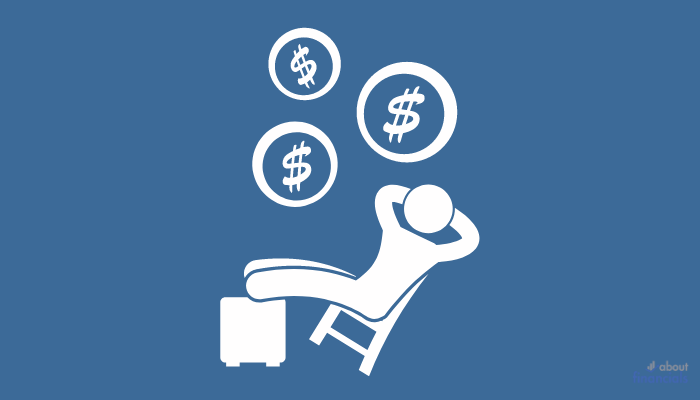
Diversifying income sources
Creating multiple streams of passive income is a crucial strategy the book advocates. This can be achieved through investments in real estate, stocks, bonds, dividend-paying assets, and online businesses. Diversification reduces the risk associated with relying solely on a single income source.
Breaking the time-for-money cycle
The conventional approach to earning money often involves trading time for a paycheck. Passive income disrupts this cycle by allowing individuals to make money even when they’re not actively working. This provides the flexibility to pursue other interests and enjoy a more balanced lifestyle.
Investing in the long-term
Building passive income streams requires a long-term perspective. Investments in assets like rental properties or dividend stocks may not yield significant returns overnight. Still, they can generate consistent income over the years, contributing to financial stability in the future.
Shifting perspectives on work and income
“Rich Dad Poor Dad” challenges readers to rethink the relationship between work and income. By focusing on building passive income streams, individuals can reshape their financial narratives, moving away from the traditional notion of trading time for money and toward a more self-determined path.
Lesson 5 – Taking Calculated Risks
“Rich Dad Poor Dad” introduces the idea that calculated risks are essential for financial growth. Unlike the conventional view that risk should be avoided, the book emphasizes that strategic risk-taking is a catalyst for expanding one’s financial horizons.
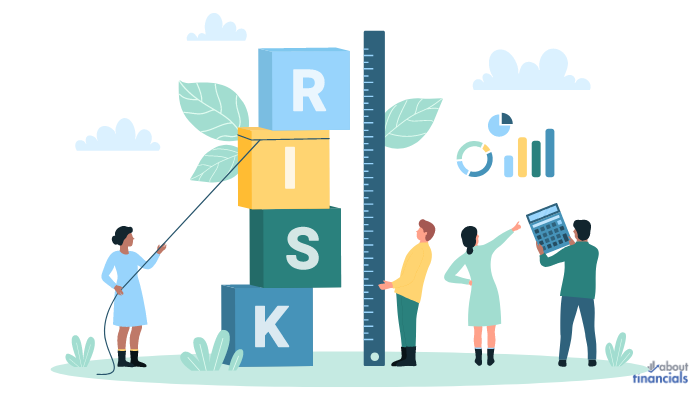
Fear of failure generally prevents individuals from pursuing opportunities that could lead to financial success. The book underscores that letting fear dictate decisions can result in missed chances for growth and learning.
Calculated vs. Reckless Risks
The distinction between calculated and reckless risks is pivotal. While reckless risks are impulsive and uninformed, calculated risks involve thorough research, analysis, and understanding of potential outcomes. The book encourages readers to engage in the latter.
“Rich Dad Poor Dad” emphasizes that failure is not a dead end but a stepping stone to learning and improvement. The lessons gained from failures contribute to a deeper understanding of strategies that work and those that need refinement.
Expanding comfort zones
By taking calculated risks, individuals expand their comfort zones and embrace uncertainty. This leads to personal growth, skill development, and a greater ability to navigate the dynamic landscape of investments and business ventures.
Lesson 6 – Entrepreneurial Mindset
“Rich Dad Poor Dad” extols the virtues of the entrepreneurial mindset—a mindset that embraces innovation, creativity, and taking control of one’s financial journey. Entrepreneurship allows individuals to shape their destinies and create value for others.
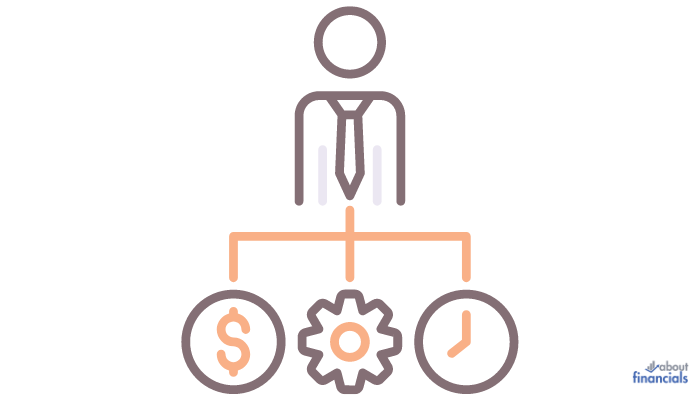
Pursuing independence
The book emphasizes that becoming an entrepreneur enables individuals to break free from the shortcomings of traditional employment. Individuals can take charge of their income, schedules, and financial trajectory by starting a business.
Building assets through business
A successful business is not just a source of income; it’s also an asset that can be appreciated in value. The skills developed as an entrepreneur contribute to personal growth and can be leveraged for future endeavors.
Embracing the learning curve
Starting and growing a business involves a steep learning curve. “Rich Dad Poor Dad” encourages readers to embrace the challenges, view failures as learning experiences, and continuously seek ways to improve their entrepreneurial skills.
Lesson 7 – Overcoming Fear and Building Confidence
“Rich Dad Poor Dad” acknowledges the powerful influence of fear on financial decisions. Fear of failure, criticism, or uncertainty can hinder individuals from taking actions that could lead to financial growth and success.

Confidence is a cornerstone of financial success. The book underscores that building confidence is a gradual process that comes from taking risks, learning from experiences, and gradually gaining a sense of mastery.
Learning from setbacks
“Rich Dad Poor Dad” encourages readers to view failures as opportunities for growth rather than reasons to doubt themselves. By analyzing failures, individuals can identify areas for improvement and adjust their strategies accordingly.
Overcoming fear and building confidence create a virtuous cycle. As individuals take calculated risks, learn from their endeavors, and experience successes, their confidence grows, enabling them to take on more considerable challenges.
Confidence enables individuals to embrace change and navigate uncertainty with resilience. The ever-evolving financial landscape requires adaptability, and a confident mindset positions individuals to capitalize on new opportunities.
Lesson 8 – Working to Learn vs. Working for Money
The book introduces a transformative perspective on work and education. The book advocates for working on learning, emphasizing the value of gaining skills and knowledge over working solely for a paycheck.

The traditional path of working for a stable job and a regular paycheck may provide short-term security, but it often comes at the cost of personal growth and long-term financial independence.
The power of continuous learning
The book encourages individuals to adopt a mindset of continuous learning. Acquiring new skills, staying updated with industry trends, and seeking out growth opportunities contribute to enhanced earning potential.
Embracing challenges as opportunities
Challenges and setbacks are seen as opportunities to learn and improve rather than obstacles to avoid. The book emphasizes that the skills gained through overcoming challenges are invaluable assets in the journey toward financial success.
Lesson 8 prompts a shift in priorities from focusing solely on earning money to valuing the acquisition of knowledge and skills. Expanding one’s skill set makes individuals more adaptable, resourceful, and better equipped to navigate a rapidly changing world.
FAQs related to lessons from Rich Dad Poor Dad
Does rich dad poor dad teach about real estate?
Yes, Rich Dad Poor Dad introduces real estate as one of the avenues to generate passive income. The book emphasizes the value of investing in income-generating assets, and real estate is often presented as a means to achieve this goal.
What is the conclusion of Rich Dad Poor Dad?
The conclusion of Rich Dad Poor Dad revolves around the core principles of financial empowerment. It encourages adopting a wealth-building mindset, understanding assets and liabilities, creating passive income streams, embracing calculated risks, and valuing continuous learning to achieve financial independence and success.
What is the controversy with Rich Dad Poor Dad?
While Rich Dad Poor Dad has been widely embraced for its financial teachings, some critics question the credibility of the “Rich Dad” character and challenge the accuracy of certain details in the narrative. Additionally, some financial professionals have differing views on the strategies presented in the book.
What does the “rich don’t work for money” mean?
The phrase “rich don’t work for money” from Rich Dad Poor Dad encapsulates the idea that the wealthy focus on building assets and passive income streams rather than relying solely on active income from a job. They understand the importance of making money work for them through investments and entrepreneurship.
Is Rich Dad Poor Dad still relevant today?
The fundamental principles presented in Rich Dad Poor Dad, such as financial literacy, passive income, and asset-building, remain relevant today. The book’s teachings inspire individuals to rethink their approach to money and investments.
Is Rich Dad Poor Dad about financial literacy?
Yes, a significant aspect of Rich Dad Poor Dad is centered on promoting financial literacy. The book emphasizes the importance of understanding financial concepts, making informed decisions, and actively seeking opportunities for growth and wealth-building.
Can Rich Dad Poor Dad change your life?
Rich Dad Poor Dad has the potential to be a life-changing read for many individuals. Its transformative teachings can shift mindsets, encourage proactive financial decision-making, and inspire readers to take steps toward achieving financial independence.
What does Robert Kiyosaki consider an asset?
Robert Kiyosaki defines assets as items that put money in your pocket, such as real estate properties that generate rental income or stocks that pay dividends. The book emphasizes the importance of acquiring income-generating assets to build wealth.
What does Rich Dad Poor Dad say about greed?
Rich Dad Poor Dad discusses the difference between healthy ambition and unhealthy greed. While the book advocates for pursuing financial success, it also emphasizes the importance of ethical behavior, social responsibility, and using wealth to create a positive impact.
What is the philosophy of Robert Kiyosaki?
As outlined in Rich Dad Poor Dad, Robert Kiyosaki’s philosophy revolves around financial education, creating passive income streams, making informed investment decisions, and taking calculated risks. He encourages individuals to shift their mindset and take control of their financial destinies.
Final thoughts
As we conclude our journey through the lessons from Rich Dad Poor Dad, it becomes clear that the wisdom imparted by this book transcends mere financial advice—it’s a paradigm shift that empowers individuals to approach money, investments, and opportunities with a fresh mindset. These lessons from Rich Dad Poor Dad serve as a compass guiding us toward financial freedom, independence, and a brighter future.

